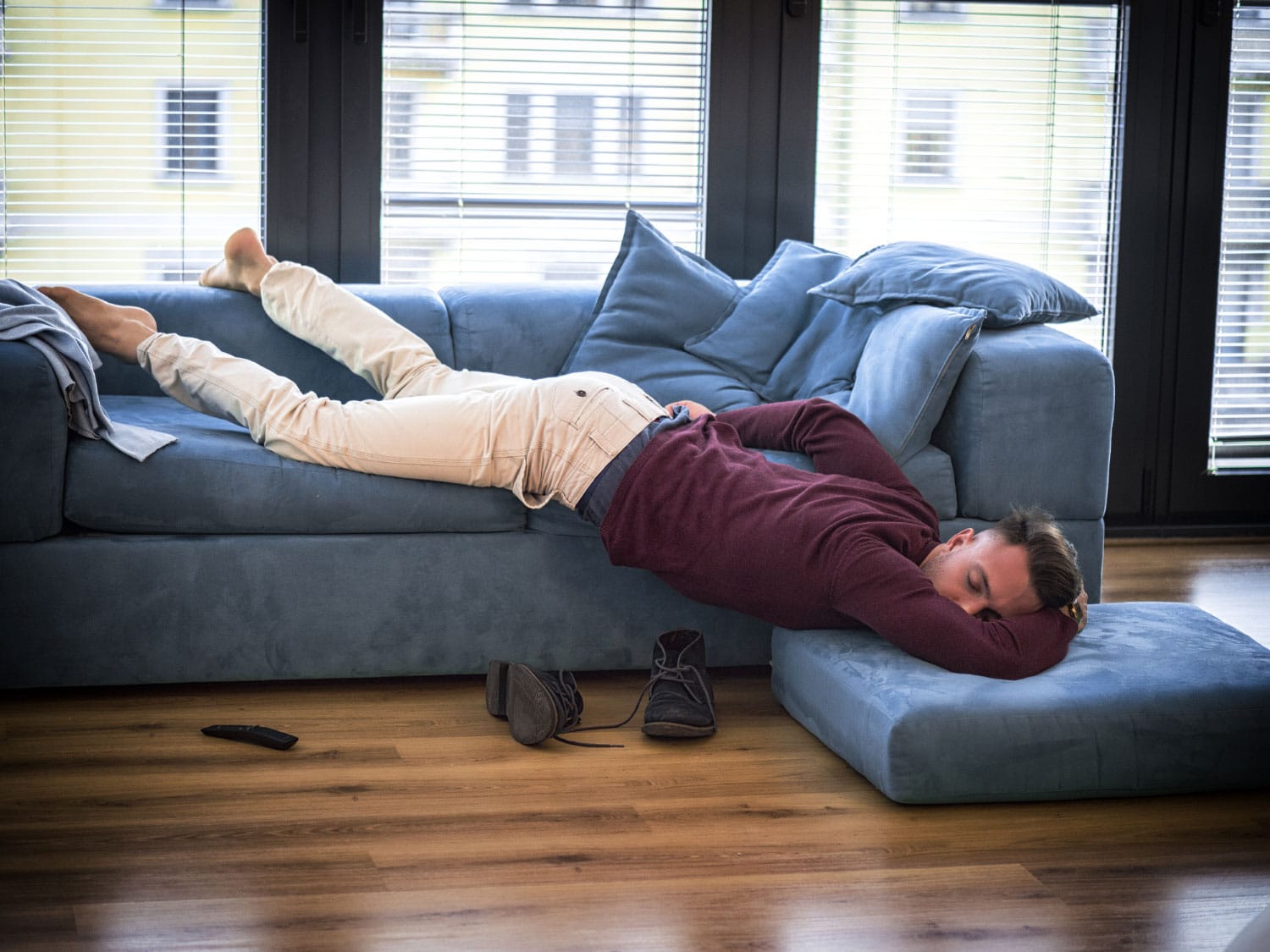- Your cart is empty
- Continue Shopping
The Best Sleep Positions for Your Health

Happy New Year! If one of your goals for this year is to get healthy or get more active, do you know how much good sleep impacts your health and your body’s ability to recover, either from illness or physical activity? Sleep is an instrumental part of your overall mental and physical wellness, and we often get questions about which sleep position is best. The answer really depends on you, but we’ll cover a few of our main pointers here.
Do most of your sleeping in bed, on a supportive mattress
Try not to spend long stretches sleeping on your couch. A quick nap here and there is fine, but if you interrupt your sleep pattern with hours of sleep on the couch, you might have bigger problems than a stiff neck.
Make sure your mattress supports you and the sleeping position you prefer. Getting a good night’s sleep is less about sleeping in the “right” position — unless you’re pregnant or have an existing health concern — than it is about creating the right sleep environment and finding a mattress that suits your sleep style.
If you have health concerns, get a bed that will help you sleep better
If you’re dealing with issues like indigestion, acid reflux, back pain, rehab from surgery, sinus problems, or sleep apnea, buy a bed that gives you the best chance to get a good, full night of rest. An adjustable foundation that allows you to elevate your head can help alleviate issues from snoring to acid reflux. If you’re in chronic pain or going through injury rehab, an adjustable foundation will allow you to raise and lower the head and foot of the bed, giving you the ability to change positions throughout the course of the night.
Support yourself in the sleep position that you naturally gravitate to
If your sleep patterns are healthy, your default sleep position probably feels comfortable to you. So, if you sleep on your stomach and get a good night’s sleep without neck or back pain, don’t worry! Sleeping on your stomach isn’t bad or wrong. It’s just not optimal for a lot of people. If you love that position and you are experiencing neck or back pain, use pillows underneath your chest to move toward a side sleeping position. You might need to invest in a pillow with a flatter profile, so that your head can stay relatively in line with your neck and shoulders as you sleep.
If you’re a side sleeper, but you find that you wake up with shoulder pain or your arm “falls asleep,” give your mattress a critical review. Is it too firm for side sleeping? You might want to explore foam or hybrid mattress options.
If you aren’t sure where to start in order to get better sleep, come talk to our sleep experts. We know mattresses and we understand how important sleep is for your overall health. Plus, you can try out our mattresses in store, and we have a 120-day comfort guarantee.





